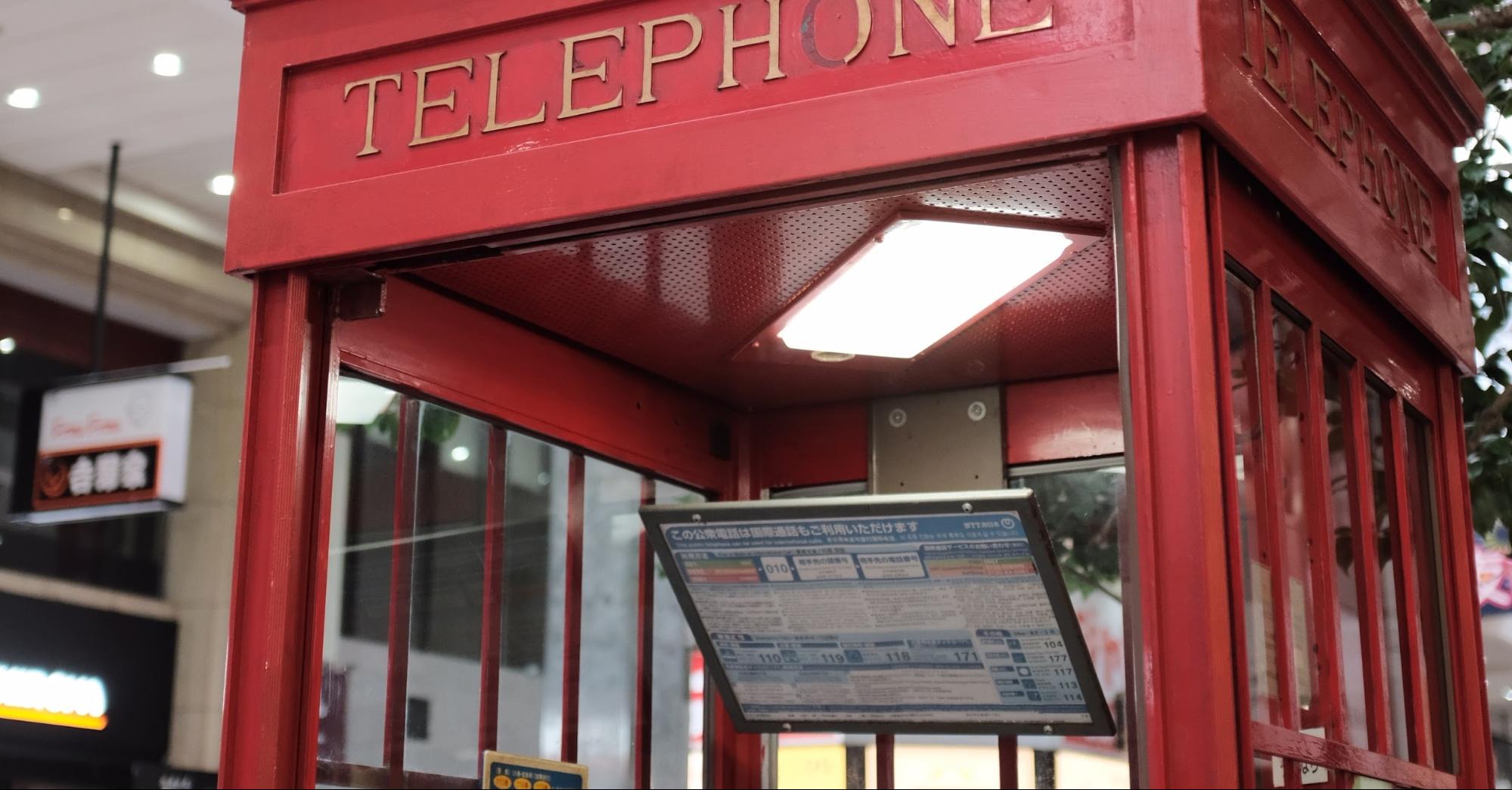Although physically smaller than their full-size counterparts, digital signage kiosks can pack a punch if used properly. They have a smaller impact in visual appeal, but their unique features and uses still make for a more than valuable addition to your business. In some cases, they’re a replacement for standard displays, and in others they make for an excellent addition to the existing digital signage setup and even lend a helping hand to your customer service agents.
A well-set-up digital signage kiosk can engage your customers and enhance the overall customer experience. Many uses found in standard digital signage displays can be transferred to and enhanced with kiosks. Let’s take a look at some of them, as well as the unique uses best reserved for kiosks.
Why digital signage kiosks?
Let’s talk about the elephant in the room. What makes digital signage kiosks better than their full-sized full-screen versions?
- Pricing: A clear advantage, as new generation tablet kiosks are smaller and more affordable. By the end of this article, you may find that the cheaper alternative of a digital signage kiosk might meet all your needs and that a standard display might not be a must.
- Portability: If this plays a significant factor for you, when moving through exhibitions or changing locations frequently, digital signage kiosks are a lot easier to handle than standard displays.
- High traffic: Standard digital signage displays provide a great way to inform people. However, there is potential for the obstruction of the view when dealing with large crowds, at an exhibition, for example. In this case, you would do better to have multiple interactive kiosks and at the same time provide paths to interactivity.
- A complement to standard displays: if you plan to establish a strong digital signage network, digital kiosks and tablets can be a strong addition. Large displays provide the eye-catching visual appeal, while tablets and kiosks can focus on individual interactivity.
The adaptability of kiosks to the environment
At the very latest with the wide spread of smartphones, the world has gotten used to the touchscreen technology. Thus, a visitor faced with a touchscreen display or tablet will not find it unusual. They know how to use it, you must simply give them the incentive to.
The primary uses for a digital signage kiosk depends on the environment. Look at airports as an example. Ticketing and check-in kiosks are significantly increasing in use. Travelers may also use kiosks to find out the status of their upcoming flight, location of their gate, or the closest exit. Information about local points of interest, such as shops and restaurants nearby, or—once outside of the transit area—bus stops or hotels is also useful.
There are also kiosks built specifically for quick-service restaurants with an integrated payment unit. However, this veers into the field of higher investment and even goes beyond what a standard kiosk does.
Clear and concise product information
As you have seen, certain uses are restricted to the environment and the industry in question. On the other hand, many uses can apply to all businesses and establishments, such as product data. Whatever your inventory is, you can share it on a digital signage kiosk or tablet.
Customers can easily access product data on any item inside the store. Similarly to the way store clerks track the inventory availability through the store’s computer system, you can make that data available to the consumer. Apart from the availability of the product itself, the availability of color combinations, sizes, and variants are something the customer requires. Out-of-stock items and pre-ordering can also easily be implemented.
Keep in mind that standard displays can achieve these purposes as well. However, digital signage kiosks may be more comfortable for use. Especially portable tablets where a person can have a seat and browse.
More opportunities for analytics
Kiosks are smaller in size but as they’re cheaper, it’s easier to make them larger in number. And as they’re always interactive, they open up more opportunities for input from the consumer. Apart from having more input to gather and establish quality analytics on, you can also allow your customers to provide direct feedback.
You can incorporate feedback pop-ups easily into any campaign. As long as they’re not too invasive, most consumers will answer them. While browsing your inventory, a customer may see a pop-up asking about their satisfaction on the inventory size, pricing, or customer service.
Kiosks are closer than you think!
Digital signage software allows you to turn every display into a kiosk, be it a smartphone or a tablet. Tablets you already own you can easily convert into kiosks by locking them in place. Or, if you wish, you can leave them portable. This allows your customers to get comfy as they browse through a tablet.
At the very least, you can experiment with digital signage software and a tablet to start and see the potential and possibilities of any future investments you might make in this direction.









